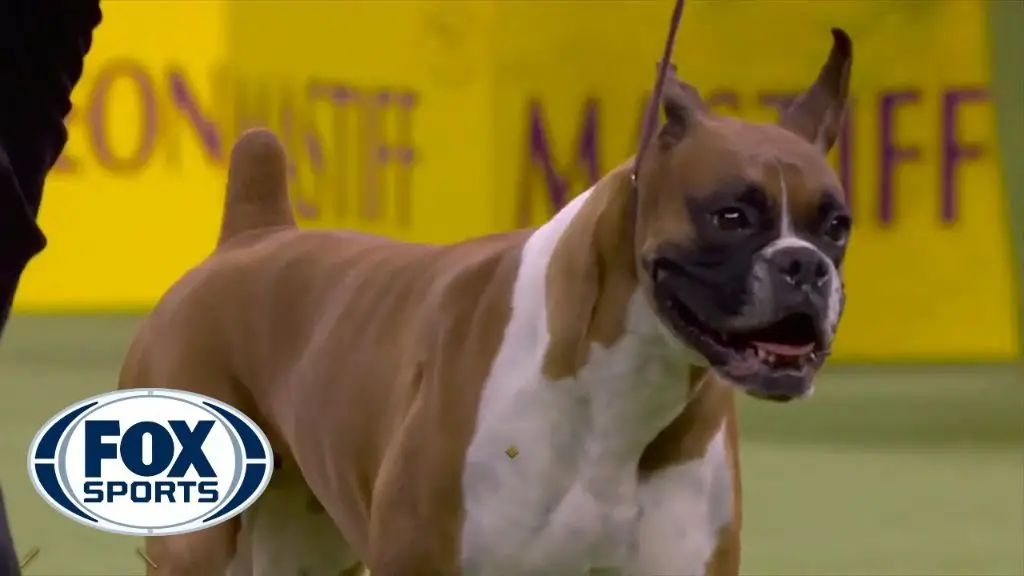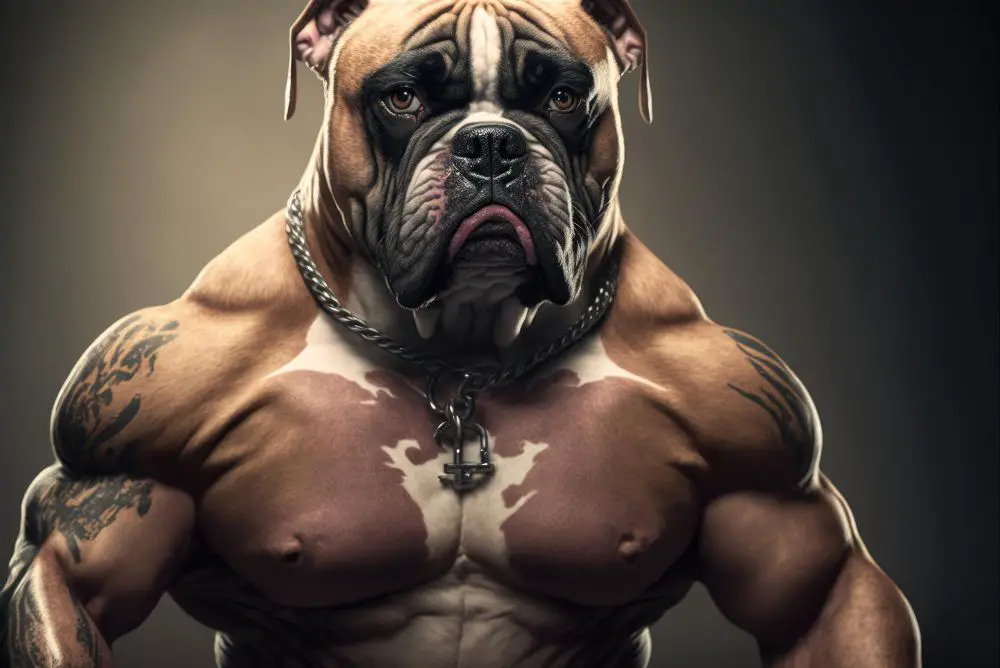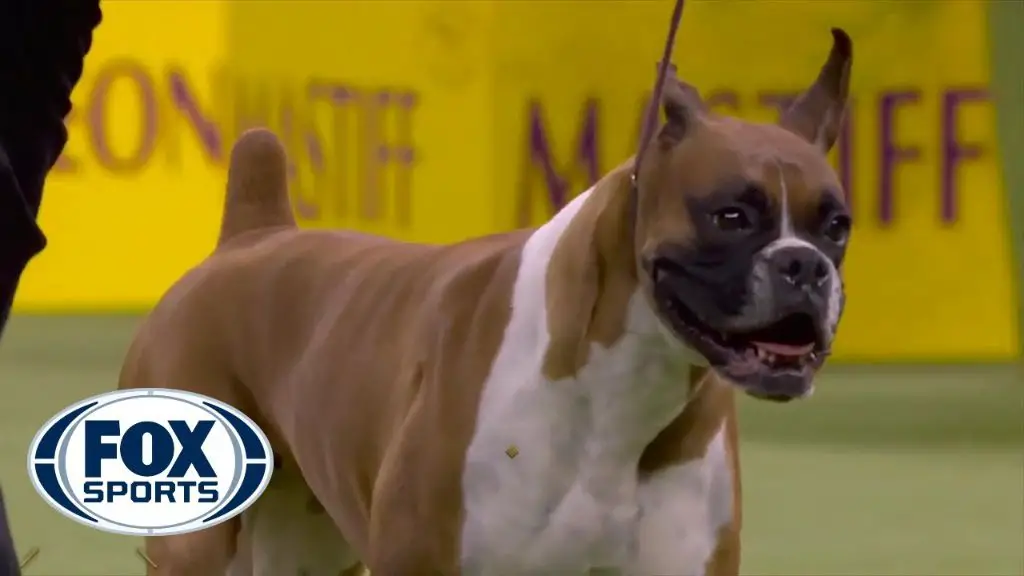Introduction
Dog shows consist of competitions judged against standards for each breed established by major kennel clubs like the American Kennel Club (AKC). Dogs are divided into groups based on factors like size, purpose, and physical traits. The AKC recognizes seven major groups: Sporting, Hound, Working, Terrier, Toy, Non-Sporting, and Herding. The groups help organize a large number of diverse breeds into categories with similar attributes. This allows for more manageable competition at dog shows between dogs of comparable backgrounds.
At many major dog shows like the Westminster Kennel Club Dog Show and National Dog Show, Best in Group competitions occur for each of the seven groups after Best of Breed judging. The group winners then compete for the prestigious Best in Show title. Understanding the groups dogs belong to and the standards for those groups is key for success at major dog shows.
Boxers
The Boxer breed originated in Germany in the late 19th century. They were originally bred from the now-extinct Bullenbeisser breed as well as Bulldog ancestors. The goal was to create a utility dog that could serve as a guard dog, work dog, and companion. https://www.hillbillieboxers.com/breedinfo.php

The Boxer breed was further developed and standardized in Germany in the late 19th and early 20th centuries. They were recognized as a distinct breed by the American Kennel Club in 1904. Boxers grew in popularity around the world during the early 20th century. Their courage, loyalty, and versatility made them excellent as guard dogs, police dogs, war dogs, and family companions. https://www.pinterest.com/pin/learn-all-about-the-boxer-breed-history-stats-health-more–900649625455214790/
The Sporting Group
The Sporting Group is one of the seven groups recognized by the American Kennel Club (AKC) for dog shows and competitions. It consists of dogs bred to assist hunters in finding and retrieving game, like pointers, retrievers, setters and spaniels [1]. These active and energetic dogs were developed over centuries to detect, chase, and retrieve birds and other small game when hunting.
Some key characteristics of the breeds in the Sporting Group are their athleticism, instinctual hunting abilities, and eager-to-please temperaments. They are medium to large-sized dogs that enjoy being active outdoors and require regular exercise. The AKC currently recognizes 32 breeds in the Sporting Group, ranging from well-known retrievers like the Labrador Retriever to less common breeds like the Nova Scotia Duck Tolling Retriever [2]. Overall, the Sporting Group consists of versatile, high-energy dogs well-suited for hunting, field trials, canine sports, and life as active family companions.
Why Boxers Belong in the Sporting Group
Boxers possess many traits that make them well-suited for the Sporting Group. This group consists of energetic, athletic dogs bred to hunt game and compete in field trials and other canine sporting events. According to the American Kennel Club (AKC), breeds in the Sporting Group should demonstrate stamina, physical adeptness, and an eager nature when working in the field.
Boxers are known for their speed, agility, and endurance. They have a sturdy, muscular build that allows them to run fast and change direction quickly when pursuing prey or objects. Their energy and alertness enable them to actively work and search the field for long periods. Boxers also show enthusiasm for games and competitions involving athletic skills. All of these attributes align with the standards for Sporting Group breeds.
In addition, Boxers exhibit intelligence, trainability, and a loyal, friendly demeanor that make them well-suited for activities requiring close cooperation with humans. They aim to please their handlers and respond readily to commands and signals when hunting or competing. The Sporting Group prioritizes breeds that work closely with people, meaning the Boxer’s temperament is a natural fit.
Overall, the Boxer possesses the stamina, agility, trainability and eagerness needed to excel in sporting activities and trials. Their energy, athleticism and cooperative nature clearly demonstrate why Boxers belong in the Sporting Group.

Appearance Standards for the Sporting Group
The AKC Sporting Group standards outline specific appearance requirements for breeds belonging to the Sporting Group. This includes standards for the dog’s coat, build, height and weight.
For coats, most Sporting Group breeds have thick, water-repellent coats that provide insulation and protection during outdoor activities like hunting and swimming. Common coat types include wavy, curly and flat coats in colors like black, white, brown and tan.
In terms of build, Sporting Group breeds tend to have athletic, muscular bodies suited for agility, speed and endurance. The body proportions facilitate movement and enable the dogs to sprint, leap, and change direction rapidly.
Height ranges for Sporting breeds span from as small as 12-15 inches for Spaniels to as tall as 24-27 inches for Setters and Pointers. Weights vary accordingly, from 25-45 pounds on average.
Overall, the appearance standards emphasize a functional, athletic build optimized for the active, vigorous work the Sporting Group was originally bred to perform.
How Boxers Meet the Standards
The Boxer breed meets the appearance standards for the Sporting Group in several ways according to the AKC Boxer breed standard:
Boxers have a square build with strong, muscular bodies as required for Sporting Group dogs. They stand 21 to 25 inches tall and weigh 60 to 70 pounds on average, with females on the smaller end of the range. Their coat is short, shiny, and tight-fitting over their athletic frame.

The head of the Boxer is another distinguishing characteristic. They have a broad, blunt muzzle and dark brown eyes. Their expression is alert, curious, and energetic. The Boxer’s face has wrinkles and a square jaw that aligns with the standards for the Sporting Group.
Overall, the Boxer’s athletic appearance with a muscular build, square proportions, short coat, and alert expression enable it to meet the physical standards for Sporting Group breeds according to the AKC.
Temperament of Sporting Dogs
Sporting dogs are known for having energetic, lively temperaments. They are playful breeds that thrive when they have an outlet for exercise and interactive games. According to Orvis, sporting breeds tend to be energetic and eager to please their owners.
Most sporting breeds are highly trainable due to their people-pleasing nature. Their energetic temperament makes them quick learners who enjoy the mental stimulation of training. According to Dog Food Guru, the sporting dog’s temperament often makes them wonderful companions in addition to skilled hunters and athletes.
Overall, the typical temperament of a sporting breed includes high energy, playfulness, trainability, and strong bonds with their human families. Their energetic nature requires plenty of exercise and activities to stay happy and healthy.
Boxer Temperament
Boxers are known for their energetic, playful, and people-oriented temperaments. This energetic breed is full of spirit and excels at activities requiring stamina and vigor. According to the American Kennel Club, boxers are “renowned for their great love of and loyalty to their families.”
The typical boxer temperament is happy, friendly, and trustworthy, especially with children. Boxers form strong bonds with family members and crave attention and playtime. They thrive when included in family activities.
Boxers are intelligent and respond well to patient training, though their playful nature can make them easily distracted. Their energetic temperament requires plenty of exercise and mental stimulation. Boxers left alone or ignored can become destructive or hyperactive.
Overall, the boxer’s energetic yet devoted temperament makes them wonderful family companions when provided with sufficient activity and attention. As Dog Tricks World states, “This combination of traits makes the Boxer an excellent companion for an active family.”
Sources:
https://dogtricksworld.com/boxer-personality/
https://www.cinnamonboxers.net/boxer-temperament-boxer-good-breed/
Success of Boxers in Sporting Group Competitions
Boxers have a long history of success in the Sporting Group at major dog shows. Some of the most notable wins include:
In 2019, the Westminster Kennel Club Dog Show Best in Sporting Group award went to the Boxer “CJ”. This was the 7th time a Boxer had won the Sporting Group at Westminster, with the first win dating back to 1947 (source).

At the 2020 AKC National Championship Dog Show, the Boxer “Bono” took home the Sporting Group prize. This marked the 9th AKC National Championship Best in Sporting Group award earned by a Boxer (source).
The Boxer breed has produced several Westminster Best in Show winners, including Bang Away in 1947, Rebellion’s Grand Slam in 1995, and CJ in 2019.
Many Boxer breed champions have excelled in agility, obedience, and other canine sporting competitions over the years. Their athleticism, working dog background, and people-pleasing temperament make them well-suited to these events.
Conclusion
In summary, boxers belong in the Sporting Group for dog shows because they meet the standards for appearance, temperament, and ability that the American Kennel Club has set for this group. Boxers have the smooth coat, muscular build, and athleticism required in the breed standards. Their energetic, playful, loyal natures epitomize the temperament sought in Sporting dogs. Boxers excel in competitions within the Sporting Group, demonstrating their agility, stamina, drive, and instinct. For all these reasons, the boxer breed clearly belongs in the Sporting Group category for dog shows.